All turbo machinery is subject to degradation that, over time, will affect a system’s efficiency and operational performance. Torque monitoring, based on heat balance, energy balance, and other methods, uses many parameters such as pressure, temperature, flow rate, gas composition, and so on, which require precise instrumentation to properly measure the lowest amount of uncertainty. Phase displacement technology can be used to accurately measure torque directly at the coupling to within 1% of full-scale torque, with a combination of all electrical and mechanical sources of error. This accuracy provides the lowest amount of uncertainty when computing efficiency, compared to alternative methods.
The Powerlign System was recently installed on a cracked-gas compressor train at Qenos Olefins, Australia, to determine the causes of a power limitation. This system uses phase displacement technology for long-term reliability, eliminating the need for re-calibration. Two rings with pickup teeth are installed on a torsionally soft spacer, and are intermeshed at a central location. Two monopole sensors, 180 degrees apart, are mounted on the coupling guard. As the coupling rotates, the ferromagnetic teeth create an ac voltage waveform in the sensor coil, which is digitally processed using known calibration parameters. Because of the intermeshed pickup teeth, the system is referred to as a single channel phase displacement system, producing two independent torque measurements. The system will output torque, power, speed, and temperature, which can be easily integrated with any DCS system.
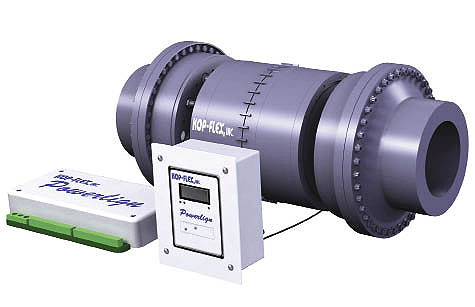
The Powerlign system provides accuracy to within 1% of full-scale
torque, using single-channel phase displacement
At the Olefins plant, the operating cycle of the steam-driven, cracked-gas compressor train is 7 to 8 years. During this cycle, the plant reaches production limitations because this compressor train encounters a power limit. To determine the cause of the power limit as “turbine fouling” or “compressor fouling” or a combination of both, was not foreseeable with the instrumentation installed. The cause had long been the subject of an engineering debate between the machinery group, process engineering group and operations department.
The installation involved replacing the existing coupling spacer and flexible halves with a “drop-in” torque meter and integral flexible elements. The torque meter assembly was dynamically balanced to API standards, so it was not necessary for the user to return any coupling components for the retrofit. The coupling guard was modified so that the two variable reluctance sensors could be installed, completing the mechanical installation.
On restarting the plant and having completed a number of compressor efficiency improvements, the torque meter clearly showed the 7.5 MW turbine did not require an update and that the major power losses were coming from the compressor. The torque meter also allowed online tuning of the seal gas system of the compressor to establish the lowest power draw from the recycles that the seal system introduces. An additional 200 KW of power was reduced from the turbine load with the manual adjustments made on the seal gas system. The torque meter was used to monitor turbine steam fouling issues and process related compressor fouling so that the corrective online washing can be activated as soon as issues arise.
The historical data collected from the torque meter also provided a baseline of mechanical loading through the drive drain of the cracked-gas compressor over time. This data has been used to determine if increases in the maximum continuous operating speed rating of the compressor and the turbine can be accomplished at minimal costs. This achieved increases in the operating envelope of the compressor. The value of the torque meter has justified the installation of a second system for the Olefins plant’s second steam cracking plant turbine/compressor train in October 2012.
Emerson Industrial Automation
www.EmersonIndustrial.com
Filed Under: SENSORS, TEST & MEASUREMENT, ELECTRONICS • ELECTRICAL


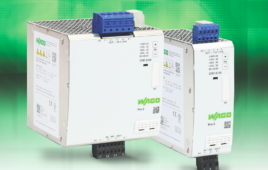
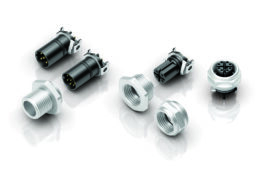
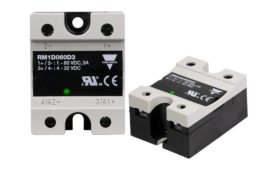
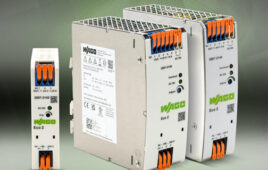
Tell Us What You Think!